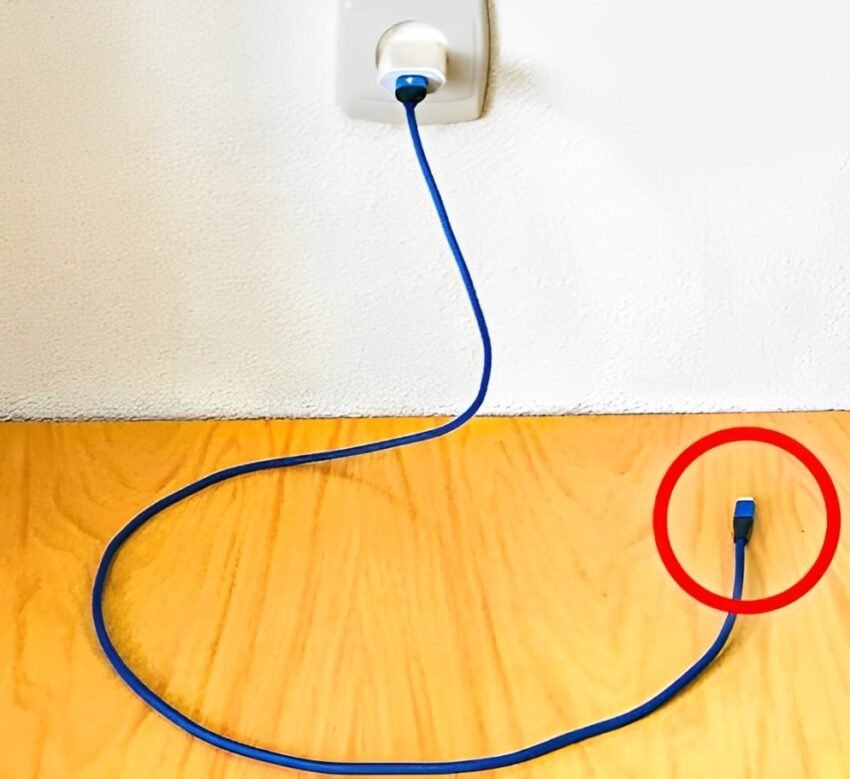Leaving your phone charger plugged into an outlet without a device connected might seem harmless, but there are a few potential risks and drawbacks to consider:
1. Energy Wastage:
Even though the charger isn’t charging anything, it still consumes a small amount of electricity. This is known as “standby power” or “phantom load.” Over time, this can add up, leading to unnecessary energy consumption.
2. Heat Generation:
Chargers can sometimes generate heat even when not in use, especially if they’re cheap or poorly designed. This heat can potentially damage the outlet or the charger itself, and in rare cases, it could increase the risk of an electrical fire.
3. Shortened Charger Lifespan:
Keeping your charger plugged in when it’s not in use can lead to a gradual degradation of its internal components, potentially shortening its lifespan. Over time, the constant flow of electricity (even when idle) can cause wear on the charger, especially in cheaper or lower-quality models.
4. Risk of Electrical Surges:
While it’s not common, electrical surges or power spikes can occur unexpectedly. If your charger is plugged in and a surge happens, it could damage your charger or connected devices when you plug them back in.
5. Increased Wear on Electrical Outlets:
Constantly keeping chargers plugged in can cause wear and tear on electrical outlets over time. This may not be an immediate concern but could eventually lead to loose or damaged connections.
6. Environmental Impact:
Leaving chargers plugged in unnecessarily contributes to the overall carbon footprint. Although it’s a small amount of energy, it adds up globally when millions of people do the same.
What Can You Do?
- Unplug when not in use: If possible, unplug the charger when it’s not actively charging a device.
- Use smart plugs: A smart plug can turn the charger off automatically after a certain amount of time or when not in use.
- Consolidate charging: Instead of keeping multiple chargers plugged in, you can consolidate your charging needs and unplug them when not needed.
In summary, while it may seem convenient to leave your charger plugged in, it’s a good practice to unplug it when not in use to save energy, prevent potential damage, and contribute to a safer home environment.
